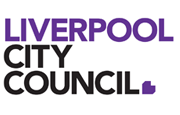Pollution
Pollution is contamination of the natural environment with harmful substances often as a consequence of human activities.
For more information please click on the following highlighted links:
- Pollution
- Environmental Pollution
- Air pollution
- Contaminated lands
- Cover your load
- Illegal dumping
- Noise pollution
- Water pollution
Pollution
There are a number of different types of pollution that have a large cumulative impact on our local environment. Traditional forms of pollution have included:
- Air pollution
- Water pollution
- Land contamination.
Modern forms include:
- Thermal pollution, which is the discharge of heated water and is an aspect of water pollution
- Noise pollution, which encompasses roadway noise, aircraft noise, industrial noise and barking dogs
- Light pollution, which includes light trespass and over illumination, lighting such as floodlighting on sports fields, can be a source of noise pollution
- Visual pollution, which includes the presence of overhead power lines, billboard scarred landforms and the open storage of junk.
Pollutants are known to be a factor in many illnesses and diseases including cancer, immune diseases, allergies and asthma. While the general public have become more aware of the potential harm posed by the more traditional forms of pollution, awareness of the consequences of the more modern additions is less well known.
The amount of pollution that has entered our environment has been greatly increased by human activity and can have a negative impact on human quality of life and the health of the environment. Noise pollution, for example, can cause serious damage to human hearing over time and cause sleep disturbance and stress. Water pollution can seriously degrade our waterways which causes a loss of biodiversity, health of the waterway and also causes visual pollution.
Council works with the local community, other government agencies and the private sector in an effort to reduce pollution. A change in practices and environmental laws particularly over the last two decades has greatly increased our chances of combating pollution. However, it remains the responsibility of government, business and individuals alike if long-term gains are to be achieved.
Environmental pollution
There are a number of different types of pollution that have a large cumulative impact on our local environment.
The Environmental Health Unit conducts a number of programs to ensure local businesses, including market gardeners, builders and developers, carry out their business in accordance with best practice principles and legislative requirements. These include audits of septic tanks, monitoring of building sites and education programs.
The Protection of Environment Operations Act, 1997 provides the legislative basis for environmental protection in areas such as pollution pertaining to air, noise, water and waste.
The Act provides Council's authorised officers with regulatory powers and tools to issue clean up, prevention and infringement notices, which are applied to the management of environmental issues and pollution events.
The following is a brief summary of actions Council may take:
Clean Up Notice
A clean up notice may be issued if an officer feels an incident has occurred or is likely to occur. The notice will detail what actions are required and a deadline for their completion.
A clean up notice is not appealable and incurs an administration fee of $466. Failure to pay the fee will incur a fine. Non-compliance can result in a fine or prosecution. Refer to the table below for details on fines.
Prevention Notice
A prevention notice may be issued when an officer suspects that an activity has been or is being carried out in an 'environmentally unsatisfactory manner'. The notice will detail what actions are required and a deadline for their completion. You have the right to appeal if you receive a prevention notice. An administration fee can also be charged.
Penalty Infringement Notices
A penalty infringement notice is an on the spot fine. Fines are as follows:
Offence | Penalty individual | Prosecution individual | Penalty corporation | Prosecution corporation |
Fail to comply with clean-up notice | $4,000 | $250,000 | $8,000 | $1,000,000 |
Failure to comply with prevention notice | $4,000 | $250,000 | $8,000 | $1,000,000 |
Failure to pay administration fee | $500 | $1000 | ||
Polluting waters | $4,000 | $8,000 |
Air
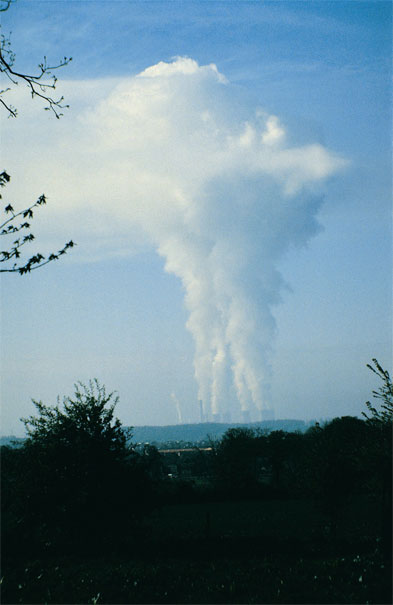 Western Sydney, including Liverpool, is particularly affected by air pollution due to patterns of air circulation and certain landforms in the greater Sydney region. We
know from measurements taken by the NSW Department of Environment and Conservation, that air quality in Liverpool has remained fairly constant.
Western Sydney, including Liverpool, is particularly affected by air pollution due to patterns of air circulation and certain landforms in the greater Sydney region. We
know from measurements taken by the NSW Department of Environment and Conservation, that air quality in Liverpool has remained fairly constant.
Motor vehicles, small industry and food businesses are some of the main contributors to poor air quality. The number of vehicles and small businesses has increased in line with the growth in the population of Liverpool. With economic growth also comes an increasing demand for industry and agriculture, which can both greatly, impact on air quality. Arson and brushfires also contribute significantly to poor air quality across the Sydney region.
Under the Protection of the Environment Operations Act, 1997 Council staff can issue offence notices to people not following set air quality standards. We are also looking at ways of managing the sources of air pollution in our region.
Energy use and greenhouse gas emissions also impact air quality. Greenhouse gas emissions act like a blanket surrounding the earth, trapping the sun's heat in the atmosphere, warming the planet. This naturally occurring effect is known as the greenhouse effect. Humans have magnified this effect by increasing the amount of greenhouse gases in the atmosphere, so that more heat is being trapped and the earth is warming up at an accelerated rate. This can change the Earth's climate. Predicted climate changes include hotter weather, more brushfires and storms, loss of some plants and animals, rising sea levels and loss of biodiversity. Humans contribute to this enhanced greenhouse effect by burning fossil fuels such as coal to generate electricity and by driving petrol fuelled cars.
Contaminated lands
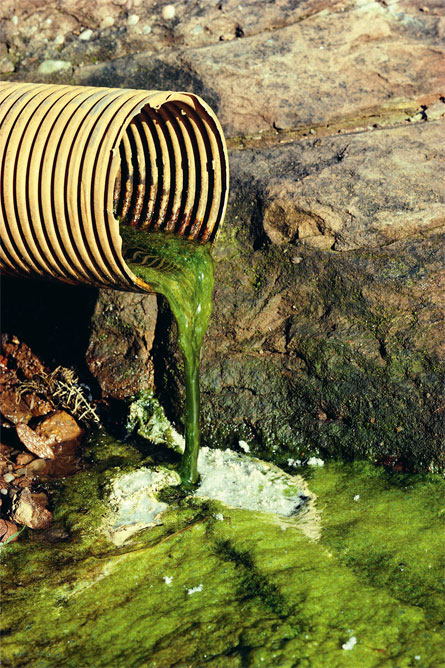 Contaminated land is land that contains substances that could be damaging to human health or to the environment. Land contamination can occur as a result
of poor environmental management and waste disposal practices or accidental spills in industrial or commercial activities. In the past, land has been contaminated by activities not known to be dangerous at the time, often involving chemicals which have since been banned or are now subject to much stricter
controls.
Contaminated land is land that contains substances that could be damaging to human health or to the environment. Land contamination can occur as a result
of poor environmental management and waste disposal practices or accidental spills in industrial or commercial activities. In the past, land has been contaminated by activities not known to be dangerous at the time, often involving chemicals which have since been banned or are now subject to much stricter
controls.
The key piece of legislation regulating contaminated land in New South Wales is the Contaminated Land Management Act, 1997. Under the Act the NSW Department of Environment and Conservation (DEC) regulates contaminated sites that pose a significant risk of harm to human health or the environment. Contaminated sites that are not regulated by the DEC are managed by local councils.
Local councils also have responsibilities in relation to contaminated land during the environmental planning and development assessment process. When considering a development application, Council may take into account possible future contamination of the land caused by the proposed activity and place conditions on the development to minimise the possibility of future contamination. For more information on Contaminated Lands refer to the NSW Department of Environment and Conservation.
Cover your load
Did you know you can be fined for not covering your load of waste? Ensure each load of waste you transport is adequately covered. Don't risk a $500 fine.
- Uncovered loads of waste can spill onto the road and create dust and litter
- Dust, soil and litter that escape from uncovered vehicles can wash into stormwater drains and pollute waterways.
When transporting waste, it is your responsibility to make sure:
- You know what you're carrying
- The waste load is covered and tied down
- The waste does not leak or spill onto the road
- Dust and other debris are not being blown off the load
- The waste is deposited at a landfill or resource recovery facility that can legally accept it.
Illegal dumping
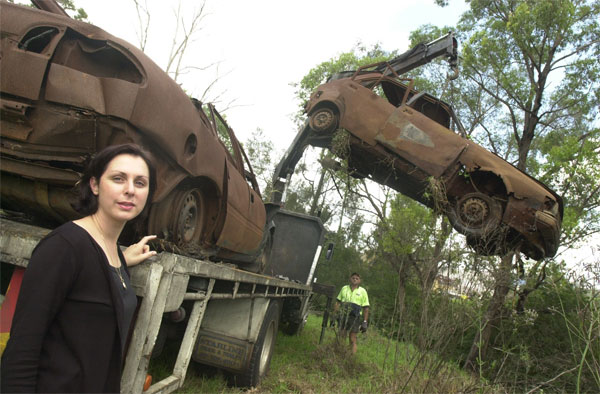 Illegal dumping of rubbish in Liverpool can be a problem and we rely on residents to help us identify where rubbish and cars have been dumped.
The sooner we know, the quicker we can have it removed.
Illegal dumping of rubbish in Liverpool can be a problem and we rely on residents to help us identify where rubbish and cars have been dumped.
The sooner we know, the quicker we can have it removed.
Illegal dumping is an offence and offenders will be prosecuted. For more information or to report illegal dumping please contact Council's Contact Centre on 1300 36 2170. Our Illegal Waste Officers will investigate the dump with a view of fining the offender and removing the rubbish.
Abandoned vehicles must be reported to the local Police Station on Phone: 9821 8444.
Please note that residents are entitled to two large bulky good collections a year. However, you must contact Council to make a booking for the collection and then place the items out for collection 24 HOURS PRIOR to the collection date. For more information click on the following highlighted link to Waste and Recycling.
Water pollution
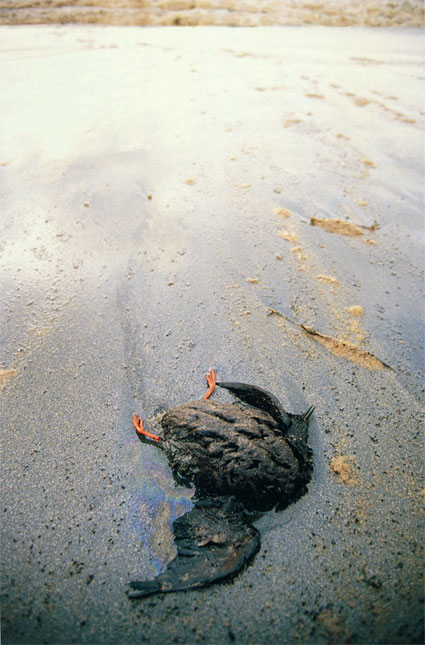 Water pollution is largely caused by human activity and has had a major impact on our local waterways and their ability to be healthy and function naturally.
Water pollution is largely caused by human activity and has had a major impact on our local waterways and their ability to be healthy and function naturally.
Water pollution comes from two sources - point sources or diffuse sources:
- Point source pollution is any pollution that originates from a single location. It is often associated with intensive production activities including farming, manufacturing and service sectors such as sewage treatment plants, on-site sewage management systems, industrial activities and discharges from urban stormwater drains. Point sources are largely regulated through the Protection of the Environment Operations Act, 1997. The Act permits Council and the NSW Department of Environment and Conservation to regulate various polluting issues, including issuing clean up or prevention notices. Nonetheless, point sources can discharge a variety of pollutants to aquatic environments and have the potential to cause severe long-term impacts.
- Diffuse sources are generated mainly by run-off after rain, which collects pollutants from across a wide area. Diffuse sources in urban areas include roads, industrial and commercial premises, parks, gardens and households. Stormwater typically contains litter, nutrients, bacteria, pathogens pesticides, heavy metals, sediment, oils, grease and other pollutants. In rural areas diffuse sources include agricultural activities, such as cropping, irrigation, livestock grazing and intensive livestock industries as well as unsealed roads. Rural run-off can increase the levels of sediment, nutrients, pesticides and chemicals in waterways.
The ability of these pollutant sources to cause a decline in water quality depends on the amount of vegetation cover, intensity of land use and the loss of vegetation along creek banks. All of these factors effect the ability of our waterways to cope with increased nutrients, sediment and changes in flows which causes changes to the health of the waterways through decline in water quality, native plant and animals.
